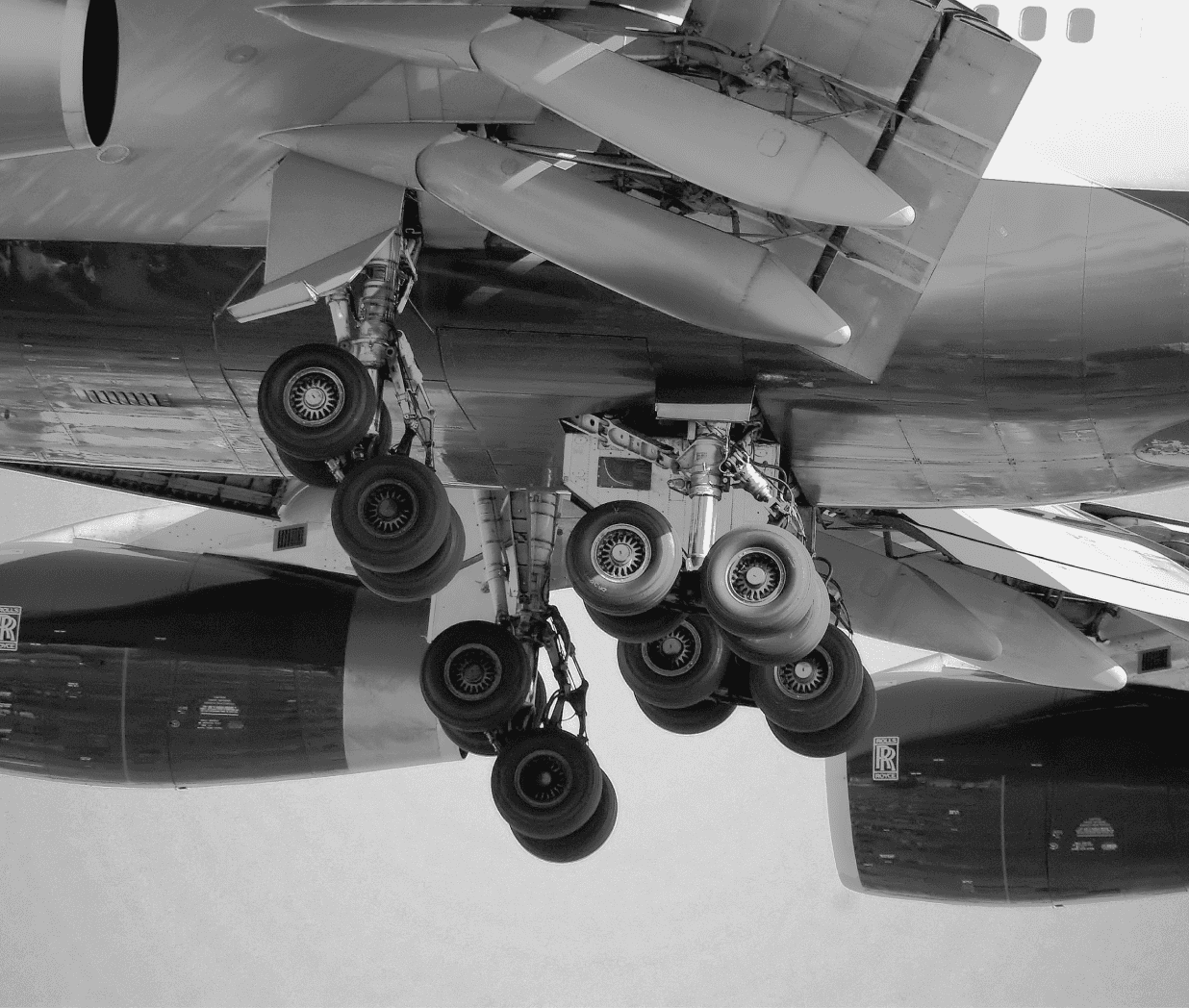about AST
Accurate data, smarter decisions

SMARTER tech
Why ABARs?
Why us?
At AST, our mission is to elevate aviation safety and operations through data-driven insights. We deliver objective, actionable information that empowers airlines, airports, and pilots to make smarter, safer decisions—ensuring optimal performance in the air and on the ground.
As the world's leading provider of Aircraft Braking Action Reports (ABARs), we utilize the FAA's preferred methodology for measuring and reporting real-time braking action and runway friction conditions.
Our reports:
Apply methods recommended by the FAA & Transport Canada
Comply with ASTM International standards
Work with any aircraft model
Are cloud-based and available in any format
*
Our 23M+ landings database never stops growing.
Science, not subjectivity
Using cutting-edge data science and machine learning, our aircraft performance model can improve landing predictability, mitigate runway excursions, and enhance flight and ground operations.
Our roots
Powered by an
innovative parent
Aviation Safety Technologies (AST) is a portfolio business of the Chicago-based Dillon Kane Group (DKG).
DKG is a privately-held group of affiliated companies that builds and optimizes technology-based businesses across diverse industries. We formed AST to help the aviation industry tackle one of its longstanding challenges – reducing the risks and probabilities of runway excursions.










